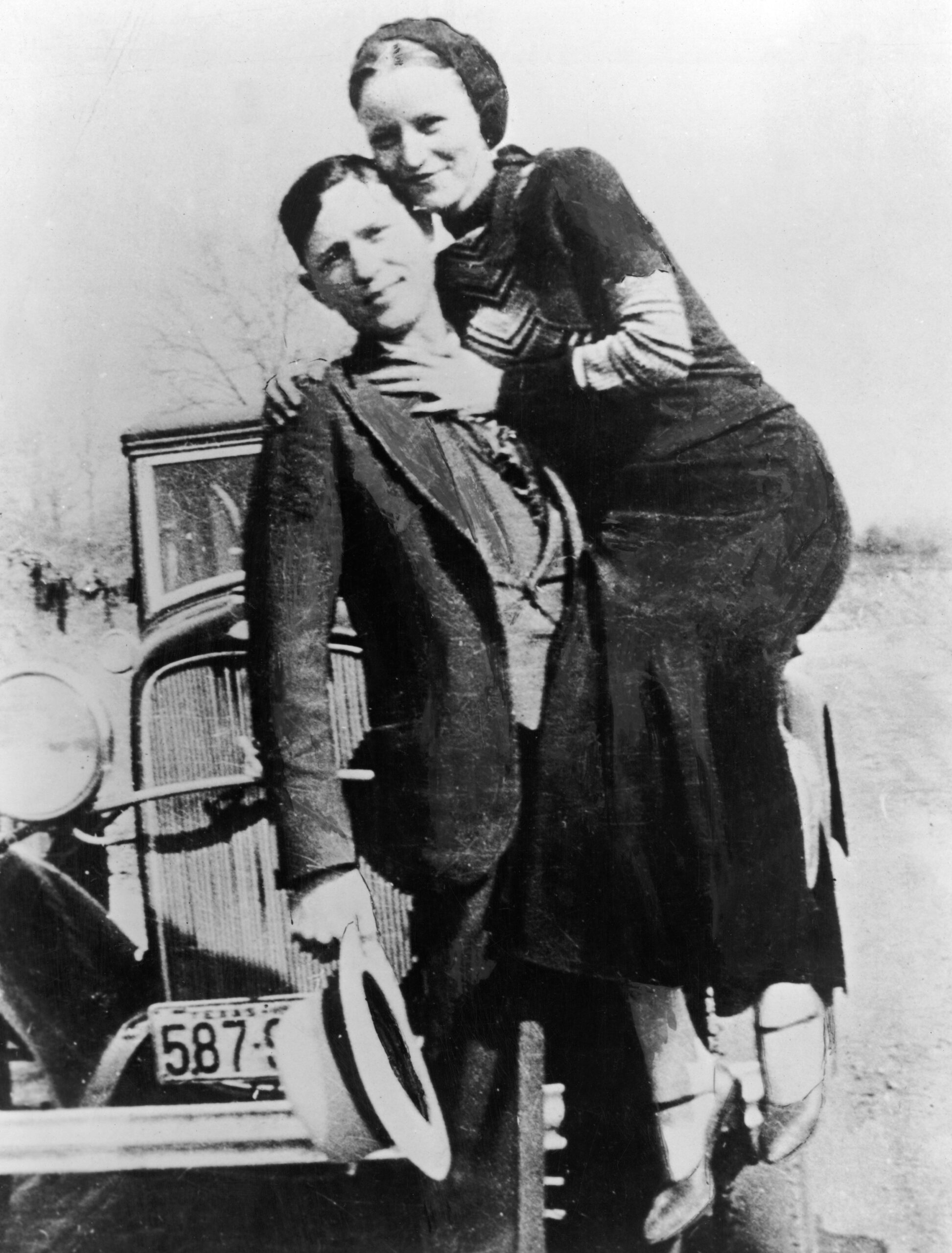Understanding Bonnie and Clyde’s History for Parents: A Guide to Sharing Their Story with Children
Welcome, curious parents! You’re about to embark on a fascinating journey back in time to the era of the infamous Bonnie and Clyde. If these names have caught your kids’ attention and you’re pondering how to navigate their history with your little ones, you’re in the right place! Our guide is packed with insights and age-appropriate explanations to help you present Bonnie and Clyde’s story in an educational yet captivating manner. Let’s unravel the mystery together!
Who Were Bonnie and Clyde?
Ah, the legendary duo! Bonnie Parker and Clyde Barrow were two young Texans who captured the country’s attention during the Great Depression era. Their spree of robberies and run-ins with the law between 1932 and 1934 have made them historical figures. However, we’ll peel back the layers of the myth to get a clear view of these personalities and their actions.
Understanding the Context: The 1930s America
Before we dive into the nitty-gritty, it’s important to set the stage. The 1930s in America were marked by the Great Depression, and many families experienced extreme economic hardship. This challenging backdrop is key to understanding the rise in crime during that period, including the escapades of Bonnie and Clyde. When discussing this with your children, you can draw parallels to current events and talk about the importance of resilience and making good choices even in tough times.
Dispelling the Glamour: The Reality Behind the Infamy
It’s crucial to approach the subject matter with delicacy, especially considering how Bonnie and Clyde are often glamorized in media and pop culture. Their adventures might be depicted as thrilling and romantic, but the reality was far from glamorous. Explaining the harsh consequences of their actions and the lawlessness of their lifestyle is essential. It’s a perfect opportunity to discuss the difference between right and wrong and the real-life impact of crime.
Interactive Learning: Engaging Your Kids in History
Learning about historic figures doesn’t have to be a dry, textbook-only experience! Why not make it interactive? Consider visiting a museum that features 1930s exhibits, look at old newspapers for clippings about the duo, or draw a timeline of significant events in Bonnie and Clyde’s spree. Physical, visual, and audio aids help children understand and retain historical information more effectively.
Addressing Violence and Its Consequences
One of the more delicate aspects of discussing Bonnie and Clyde with children is their violent legacy. Tailor the conversation to be age-appropriate, emphasizing the permanence and seriousness of their actions, and the extensive pursuit by law enforcement that ultimately led to their demise. It’s a teaching moment to stress the importance of laws and the justice system, as well as a lesson in personal responsibility.

Understanding Bonnie and Clyde’s History for Parents: A Guide to Sharing Their Story with Children
As a responsible parent, you might be wondering how to introduce the complex saga of Bonnie and Clyde to your children in a way that’s informative, age-appropriate, and mindful of the nuances of history. Here are five key points to prepare you for this journey into America’s past!
1. **Know the Facts Before You Share**: Bonnie and Clyde, infamous for their bank robberies and run-ins with the law, lived during the trying times of the Great Depression. Get acquainted with the factual details of their life and crimes before discussing them with your children. Authenticity is crucial for trust and understanding.
2. **Understand the Era They Lived In**: Provide your children with context by painting a picture of the 1930s in America. Discuss the reasons why some people turned to crime during economic hardships and draw comparisons to present-day scenarios where possible, highlighting the similarities and differences in societal responses.
3. **Move Beyond the Glamorous Myths**: Though popular culture has romanticized Bonnie and Clyde, focus on the reality of their lives — often harsh and filled with poor choices that had grave consequences. This will help to encourage critical thinking about morals and the portrayal of historical figures in media.
4. **Use Interactive Methods to Teach History**: Transform a simple story session into an engaging educational experience. Interactive methods could include creating timelines, visiting historical exhibits, or analyzing period music that references the duo. Real-world connections make the past more relatable and memorable for kids.
5. **Discuss Legal and Moral Implications**: Addressing the violence associated with Bonnie and Clyde is a must, but it’s equally important to talk about accountability and the role of the justice system. Conversations about consequences, respect for the law, and personal responsibility can come from learning about this iconic pair.
Now, with the basics on hand, let’s explore the notorious legend of Bonnie and Clyde, ensuring our children gain valuable historical knowledge along with life lessons that they can carry into their futures.
Interactive Learning: Engaging Your Kids in Bonnie and Clyde’s History
Incorporating interactivity in your history lessons can foster an insightful and fun learning environment. Planning a visit to a museum that represents artifacts from the 1930s can ignite interest and curiosity. Kids can also benefit from creative assignments, such as writing a day in the life of someone from that era or a fictional diary entry from Bonnie or Clyde. This nurtures empathy and allows children to put themselves in someone else’s shoes, learning history from a personal perspective.
Addressing Violence and Its Consequences
Contemplating the right approach to discussing Bonnie and Clyde’s violent legacy is indeed tricky, but it opens doors to vital discussions about the impact of choices and the repercussions that follow. Delve into topics like the seriousness of crime, the loss experienced by their victims, and the ultimate price Bonnie and Clyde paid, offering a full-circle understanding of their narrative.
In summary, when parents take the time to thoughtfully prepare and address the story of Bonnie and Clyde with their kids, they use history not just as a learning tool, but as a springboard for conversations about ethics, decision-making, and empathy. This tale from the past becomes a powerful means of connecting with your children on issues that matter in the present.
We hope this guide enriches your experience of sharing Bonnie and Clyde’s story with the younger generation. Here’s to making history come alive with truth, understanding, and reflection!
For more great articles please see here. For more information see here
Disclaimer
The articles available via our website provide general information only and we strongly urge readers to exercise caution and conduct their own thorough research and fact-checking. The information presented should not be taken as absolute truth, and, to the maximum extent permitted by law, we will not be held liable for any inaccuracies or errors in the content. It is essential for individuals to independently verify and validate the information before making any decisions or taking any actions based on the articles.




